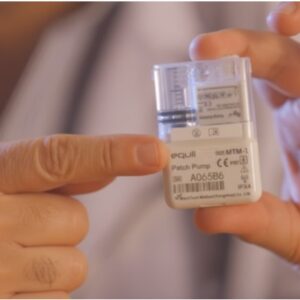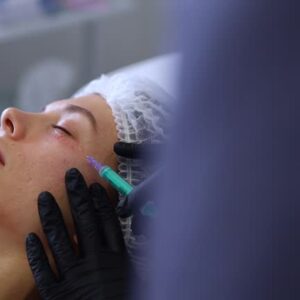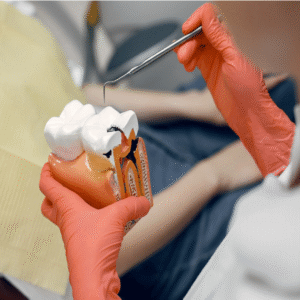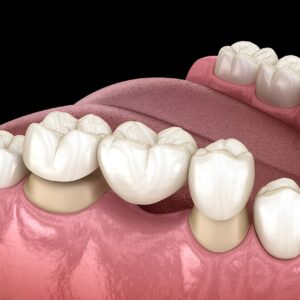When exploring advanced skin laser treatments, individuals often find themselves weighing the benefits of Pico Laser Abu Dhabi against traditional laser options like CO2 laser. Both procedures are popular choices for skin rejuvenation, scar removal, and pigmentation treatment, but understanding their differences is crucial for making an informed decision. This comprehensive guide delves into the comparison between these two laser technologies, helping you determine which might be more suitable for your skin needs.
Understanding Laser Skin Treatments
What Is Laser Skin Therapy?
Laser skin therapy uses concentrated light energy to target specific skin concerns. These treatments stimulate collagen production, promote cell renewal, and improve skin texture and tone. Different laser types emit various wavelengths, each designed to address particular skin issues effectively.
The Evolution of Laser Technologies
Over the years, laser technology has evolved significantly. Traditional lasers like CO2 have been used for decades, offering effective results for deeper skin resurfacing. Recent innovations, such as Pico Laser, utilize ultra-short pulse durations to deliver precise treatment with minimal discomfort and downtime.

Key Differences Between Pico Laser and CO2 Laser
Technology and Mechanism of Action
- Pico Laser: Uses ultra-fast pulses measured in picoseconds (trillionths of a second). This rapid delivery breaks down pigmentation and skin imperfections into tiny particles that are easily cleared by the body’s natural processes. Its non-ablative approach minimizes damage to surrounding tissue.
- CO2 Laser: Operates with a continuous wave or long-pulse light that ablates (removes) layers of skin by vaporizing damaged tissue. It is an ablative laser, meaning it physically removes skin layers to promote regeneration.
Treatment Precision and Safety
- Pico Laser: Offers high precision targeting of pigmentation, tattoos, and skin irregularities with reduced risk of side effects. Its minimal invasiveness makes it suitable for a variety of skin types.
- CO2 Laser: While effective for deeper skin resurfacing, it requires careful application to avoid excessive damage or prolonged recovery. It’s often reserved for more significant skin concerns.
Treatment Duration and Downtime
- Pico Laser: Typically involves shorter sessions with minimal downtime, allowing individuals to resume daily activities quickly.
- CO2 Laser: Usually requires longer recovery periods, including redness, swelling, and peeling, due to its deeper skin removal process.
Effectiveness and Results
- Pico Laser: Excels in treating pigmentation, fine lines, and tattoo removal with noticeable results in fewer sessions. It is especially effective for subtle skin corrections.
- CO2 Laser: Provides more dramatic skin rejuvenation, reducing deeper wrinkles, scars, and severe skin damage. Results are often more pronounced but necessitate longer healing.
Which Laser Is Better for Your Skin?
Suitability for Skin Types and Conditions
- Pico Laser treatment Abu Dhabi: Its versatility makes it suitable for a broad range of skin types, including darker skin tones, due to its non-ablative nature. Ideal for pigmentation issues, tattoo removal, and mild to moderate skin aging.
- CO2 Laser: Best suited for individuals with more significant skin concerns such as deep wrinkles, scars, and pronounced sun damage. Requires careful assessment, especially for darker skin tones, to avoid pigmentation changes.
Desired Outcomes and Expectations
- Pico Laser: Focused on subtle improvements, skin tone correction, and tattoo removal with minimal discomfort and downtime.
- CO2 Laser: Aimed at comprehensive skin renewal, including wrinkle reduction and scar treatment, often involving a more intensive recovery process.
Procedure Comfort and Recovery
- Pico Laser: Generally well-tolerated with little to no anesthesia needed. Post-treatment redness is usually mild and subsides quickly.
- CO2 Laser: May require local anesthesia; post-procedure downtime includes redness, swelling, and skin peeling, with a recovery period that can span several days to weeks.
Benefits of Pico Laser Over CO2 Laser
Reduced Discomfort and Downtime
The non-ablative nature of Pico Laser results in less pain during treatment and shorter recovery times, making it suitable for individuals with busy schedules.
Minimal Risk of Side Effects
Due to its precision and controlled energy delivery, Pico Laser minimizes the risk of pigmentation changes and scarring, especially in darker skin tones.
Multiple Skin Concerns Addressed
Pico Laser is effective for treating pigmentation irregularities, fine lines, and tattoos, providing a versatile option for various cosmetic goals.
Fewer Sessions Needed
Patients often see significant improvements after fewer sessions, making it a time-efficient treatment choice.
Limitations and Considerations
While Pico Laser in Abu Dhabi offers numerous advantages, it may not be as effective for deep wrinkles or extensive skin damage as CO2 laser. The choice between the two should be based on individual skin conditions and aesthetic goals.
Conclusion: Which Laser Is Superior?
Determining whether Pico Laser treatment is better than CO2 laser depends largely on the specific skin concerns, skin type, and desired results. For those seeking subtle, quick, and safe improvements with minimal downtime, Pico Laser stands out as a superior choice. Conversely, for more aggressive skin renewal and correction of deep wrinkles or scars, CO2 laser might be more appropriate.
Consulting a qualified skincare professional can help you identify the most suitable treatment plan tailored to your unique needs. Both laser options have their place in advanced skin rejuvenation, and understanding their differences ensures you make an informed decision aligned with your aesthetic aspirations.
FAQs About Pico Laser Abu Dhabi
1. Is Pico Laser suitable for all skin types?
Yes, Pico Laser is designed to be safe and effective for a wide range of skin types, including darker tones, due to its non-ablative, precise targeting.
2. How many sessions are typically needed for optimal results?
Most individuals notice significant improvements after 3 to 5 sessions, spaced several weeks apart, though this can vary based on skin condition and treatment goals.
3. Is the Pico Laser treatment painful?
Most patients report minimal discomfort during the procedure, often likened to a light snapping sensation. Topical anesthesia can be used to enhance comfort if necessary.
4. What is the typical recovery time after Pico Laser treatment?
Recovery is usually quick, with mild redness or swelling that subsides within a few hours to a couple of days, allowing for a swift return to daily routines.






